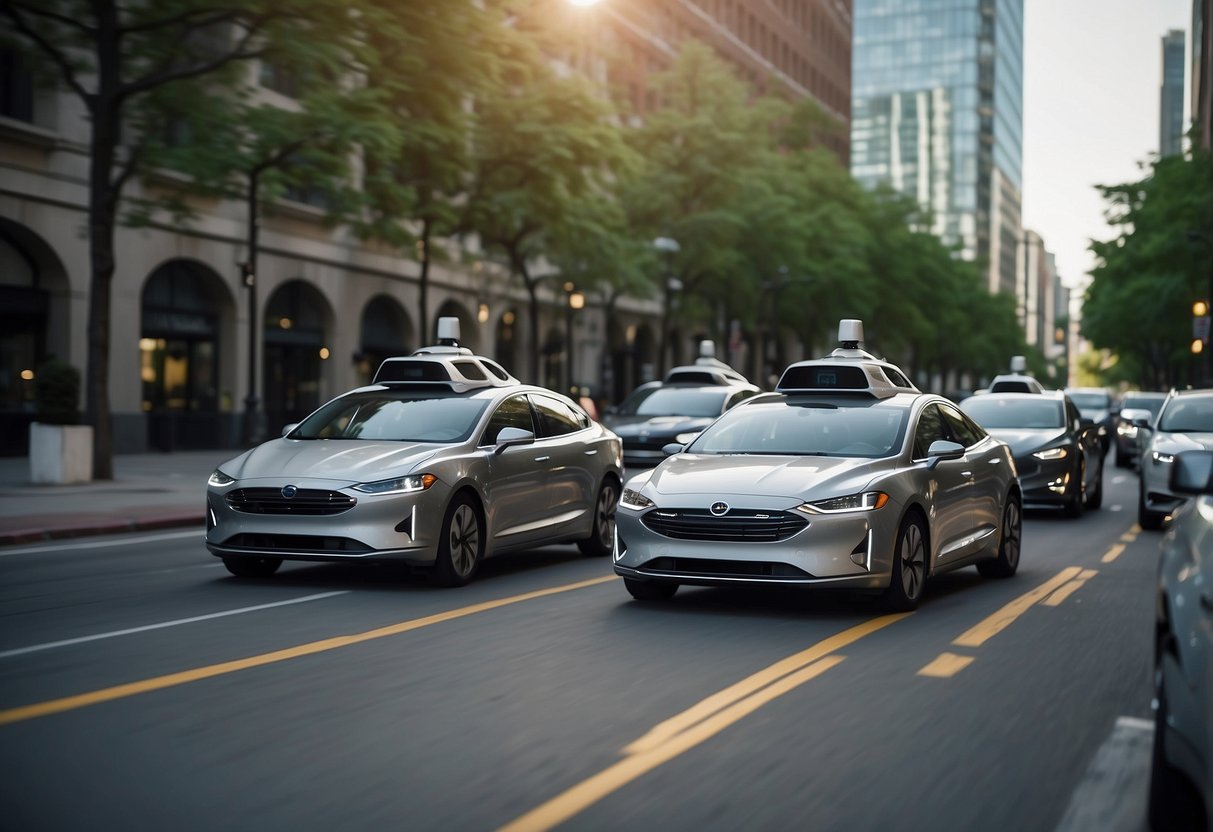
Self-driving cars have made incredible strides in recent years, transforming from futuristic concepts into tangible realities. As of 2024, the integration of advanced sensors, artificial intelligence, and real-time data processing has enabled autonomous vehicles to navigate complex urban environments with increasing safety and precision. These advancements promise to revolutionize how people travel, reducing traffic accidents and enhancing mobility for those unable to drive.
Many industry-leading companies are at the forefront of this innovation, from tech giants like Google and Tesla to traditional automakers such as Ford and General Motors. The latest models of autonomous vehicles are equipped with sophisticated LiDAR systems, high-resolution cameras, and radar technology that work seamlessly together to interpret and respond to their surroundings. This blend of hardware and software ensures that self-driving cars can make split-second decisions, adapting to myriad driving conditions and unpredictable scenarios.
Regulatory frameworks and public perception play significant roles in shaping the development and deployment of these vehicles. Policymakers are continually evolving regulations to ensure the safe integration of self-driving cars on public roads. Additionally, public acceptance is on the rise as more people experience the convenience and reliability these autonomous systems offer. Their potential to reduce traffic congestion, lower emissions, and increase road safety underscores the transformative impact self-driving cars could have on the future of transportation.
The Evolution of Autonomous Vehicles
The journey of autonomous vehicles has transformed from early theoretical concepts to real-world road tests, driven by technological advancements and evolving government regulations.
From Concept to Road Tests
The concept of self-driving vehicles originated in the 1920s and 1930s with radio-controlled cars. Significant strides occurred in the 1980s with the advent of AI, leading to pioneering projects like Carnegie Mellon University’s Navlab.
Early prototypes primarily focused on lane-keeping and obstacle detection, using rudimentary sensors. The 2000s brought competitive challenges like the DARPA Grand Challenge, pushing advancements in computer vision and machine learning. Major automakers and tech companies entered the field, developing sophisticated systems capable of handling complex urban environments.
Today, road tests are extensive. Autonomous vehicles are tested in diverse conditions to ensure safety and reliability. Engineers utilize simulations, closed tracks, and real-world scenarios to refine algorithms and sensor performance.
Government Regulations and Standards
Government regulations have evolved alongside technological advancements. Initially, there were no explicit rules for autonomous vehicles, but as the technology progressed, regulatory bodies began to establish frameworks.
In the United States, the National Highway Traffic Safety Administration (NHTSA) has issued guidelines to support the safe deployment of self-driving cars. States like California and Arizona have been proactive in issuing permits and setting safety standards.
Internationally, the United Nations Economic Commission for Europe (UNECE) has worked on uniform regulations, with several countries adopting specific guidelines for testing and deployment. Safety, data security, and ethical considerations are critical areas addressed by these regulations.
Standards organizations like SAE International have also defined levels of driving automation, from Level 0 (no automation) to Level 5 (full automation), guiding both manufacturers and regulators in developing and approving autonomous systems.
Technological Foundations
Technological advancements in sensors, mapping, and decision-making are key to the functioning of self-driving cars. These elements work together to create a reliable and safe autonomous driving experience.
Sensors and Machine Perception
Sensors are critical for self-driving cars as they collect data from the environment. The primary sensors used include radar, lidar, cameras, and ultrasonic sensors. Radar provides information about the position and speed of objects, while lidar generates detailed 3D maps of the surroundings. Cameras capture visual data necessary for interpreting traffic signals and road signs. Ultrasonic sensors are often used for close-range detection, such as parking assistance. Effective integration of these sensors enables the vehicle to perceive its environment accurately and respond appropriately to dynamic driving conditions.



